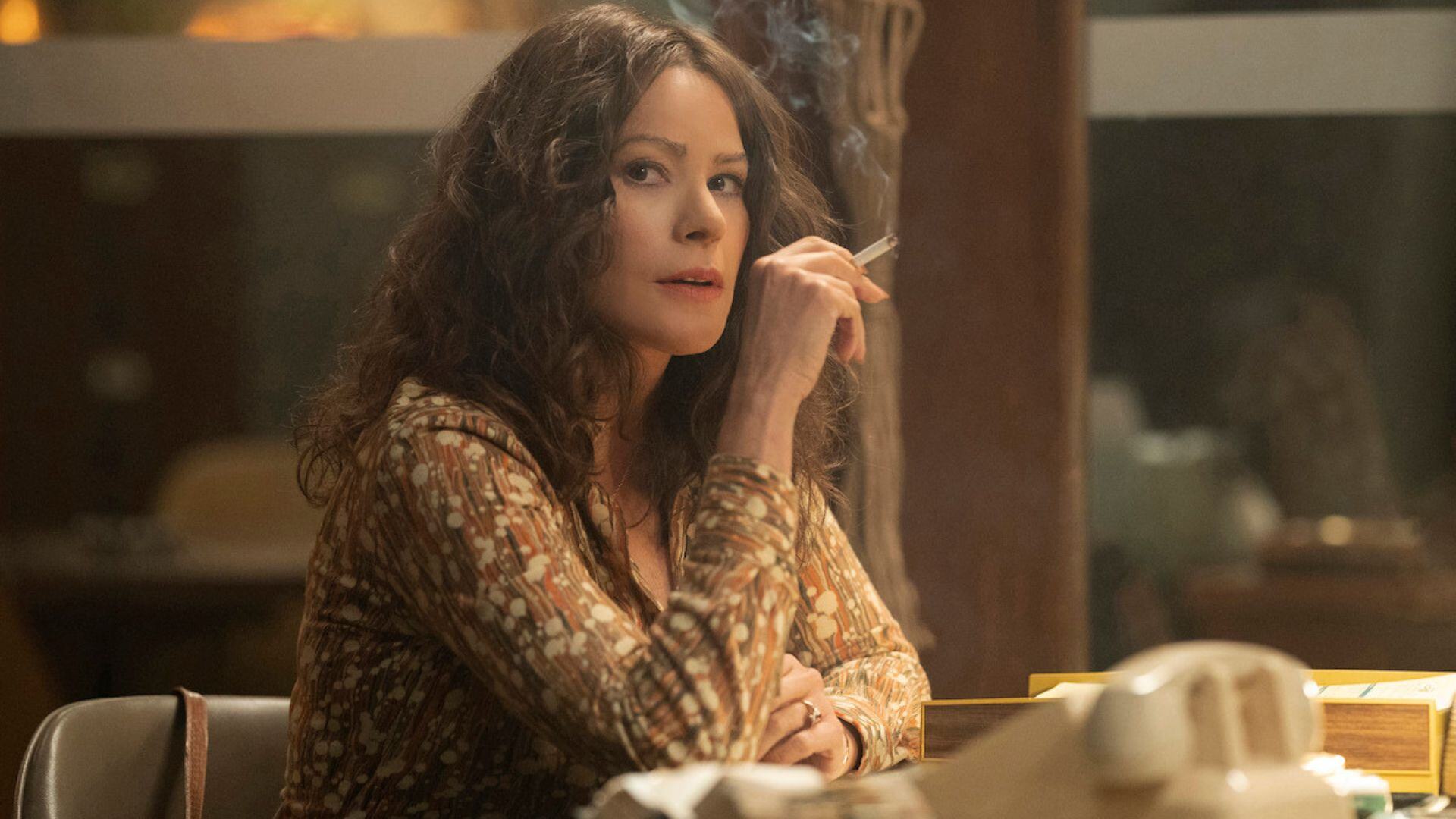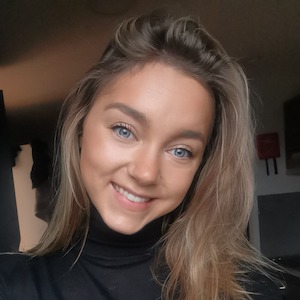
The creation of Netflix’s limited series "Griselda" captured the true Miami during the late 1970s and early 1980s by following the color palette of film stocks and Polaroid-inspired images from this era.
[The team at SmallHD sent this piece in to us and we liked it enough to reproduce a good chunk of it below - Ed]
Griselda is based on the life of Colombian drug trafficker Griselda Blanco. The story originates from the seedy underbelly of Miami circa the late 1970s and early 1980s; the era where the skyline changed quickly with new high-rises and developments. Miami quickly became a hotspot while making its way up with the rise of pop culture, music, economic development, and immigration.
To truly capture the look of the era, cinematographer Armando Salas, ASC, and Light Iron Principal DI Colorist Ian Vertovec started their creative storyboard with 70’s Polaroid-inspired pictures from various location scouts. The key was to capture the dark and gritty tone throughout the series to mirror the dark humor that was particular to the story. "We are essentially creating a palette for the show," says Salas.
Palette, wardrobe, and textures were all well-thought to capture 70s Miami
Salas notes how previous shows lacked a high-quality on-set solution for monitoring HDR that was as close as possible to the reference monitor in the color bay and had exposure tools he was accustomed to using in SDR monitoring solutions.
Once the palette, wardrobe, and textures came together, the team started to make decisions regarding the hardware. By choosing a soft glass for soft skin tones, Salas aimed to give contrast to the look with a fairly aggressive grain. He wanted to review the final look in all of the dailies, which required an HDR monitoring solution. Using technology from motion picture monitor manufacturer SmallHD, the crew was able to monitor the six-episode American biographical crime drama in HDR and SDR from the earliest moments on set.
Vertovec created tailored LUTs that kept the visual consistency across screens. “Our initial discussions were not just about HDR workflow and the color values. They were also about texture, grain, diffusion, halation, and preserving these characteristics through the creative process,” the colorist explained. “I think that HDR is going to become a standard, especially on set. Once on-set monitoring, dailies, and VFX workflows are all in high dynamic range, we’ll have much more consistent images from department to department.”

Crew using SmallHD Vision 17 behind the scenes of Griselda
Working in HDR and SDR simultaneously
Netflix launched HDR programming in 2016 and, with the help of creative teams behind different Netflix shows, they explored the artistic possibilities that imaging advancements like HDR can present. One of these possibilities is the extended range and high bit depth, which allows you to see not only the top end but also the bottom end.
For Griselda, displaying rich and dark night scenes on an HDR monitor enabled Salas and the creative team to use grain and shadows to create a unique look to match the emotional aspect of the story. “Having higher bit depth that's mostly concentrated on the bottom 50% of the curve is really important. It differentiates something from becoming a mushy mess versus having a subtle separation of tonality between dark, darker, and darkest," notes Salas.
“After looking at different displays, Netflix brought me a prototype of a SmallHD Vision 17, and instantly my DIT, Aaron Pico, and I fell in love with it. The best way for me to guarantee that everything from the director, camera team, art department, and wardrobe will be accurately displayed to the end user, is to use a color-managed workflow with on-set HDR monitoring. That way, I'm never leaving P3/PQ color space. Meanwhile, every other monitor on set is in 709/SDR. Because Ian built us a bulletproof color-managed workflow, the creative intent is also visible on the SDR displays, which carries over to SDR dailies," says Salas.
Once you have both SDR and HDR formats representing a close match, it is a much easier process to add the final color in.
Watch the short documentary Griselda: An HDR Workflow Case Study below, where cinematographer Armando Salas and Principal DI Colorist Ian Vertovec discuss implementing an HDR/SDR workflow in the making of the show.
Tags: Technology Production Monitors HDR



Comments